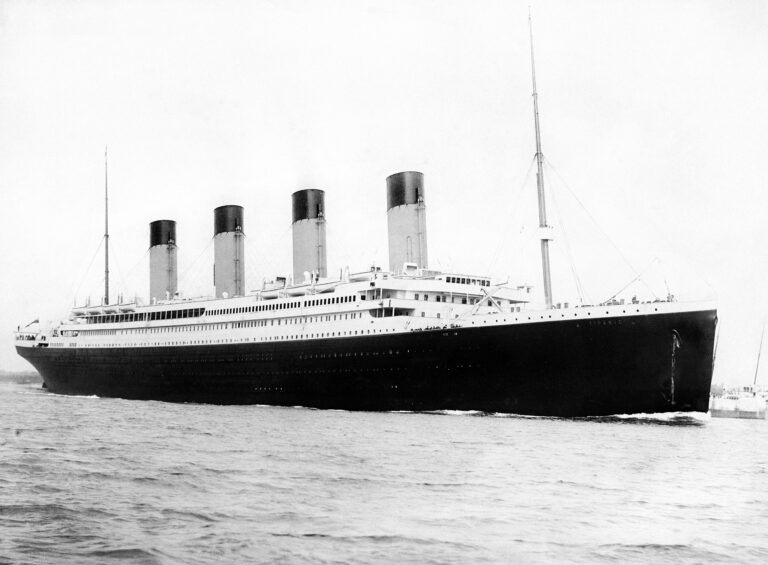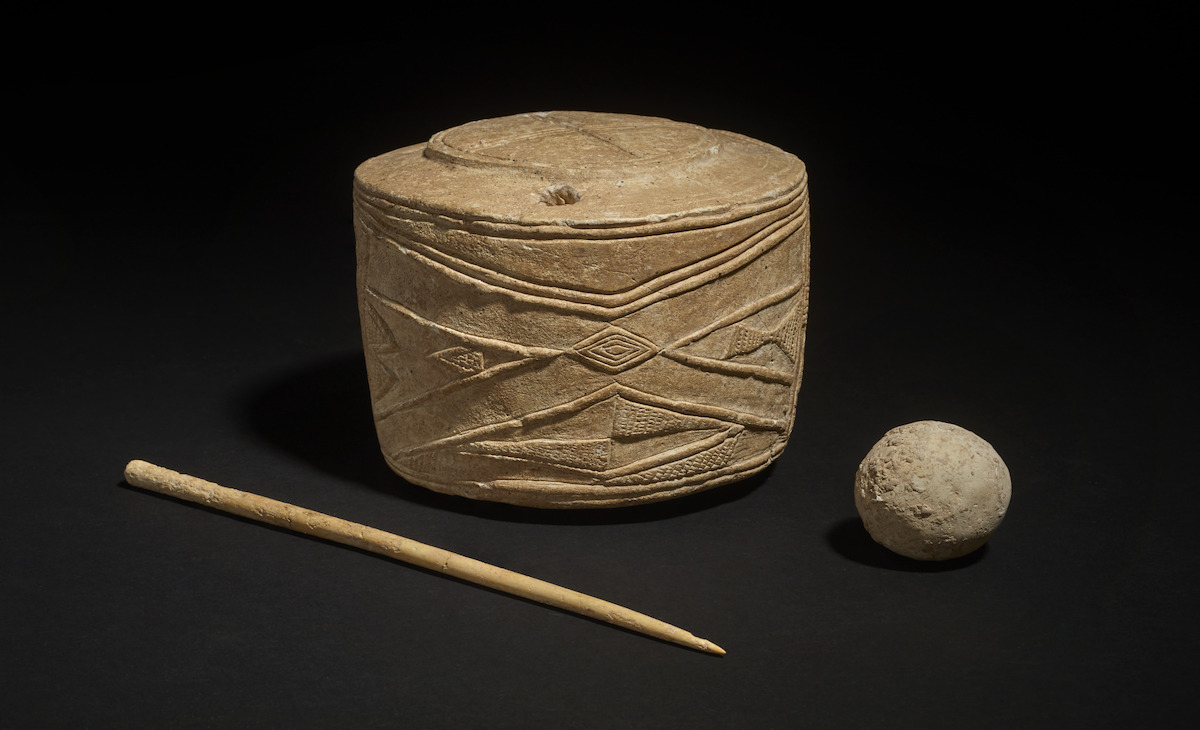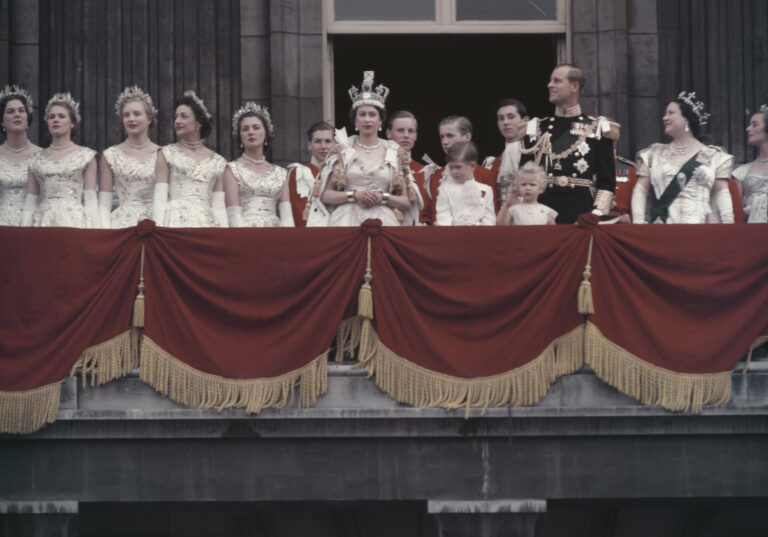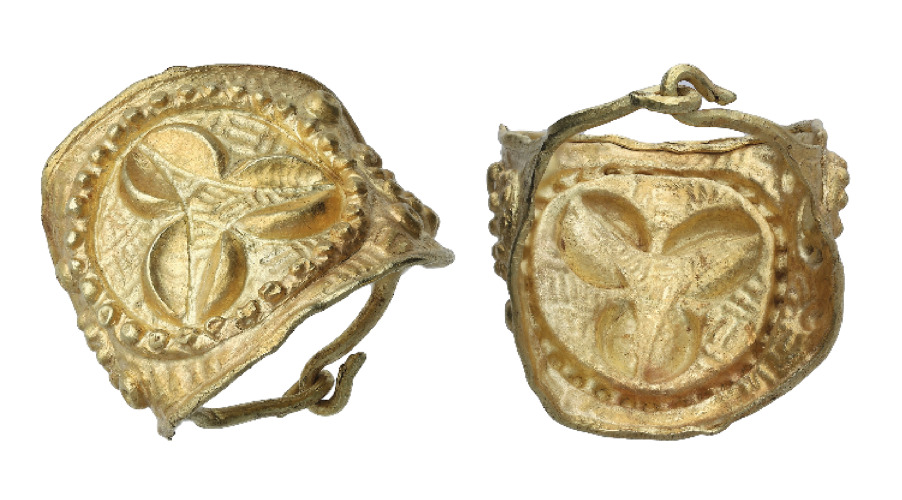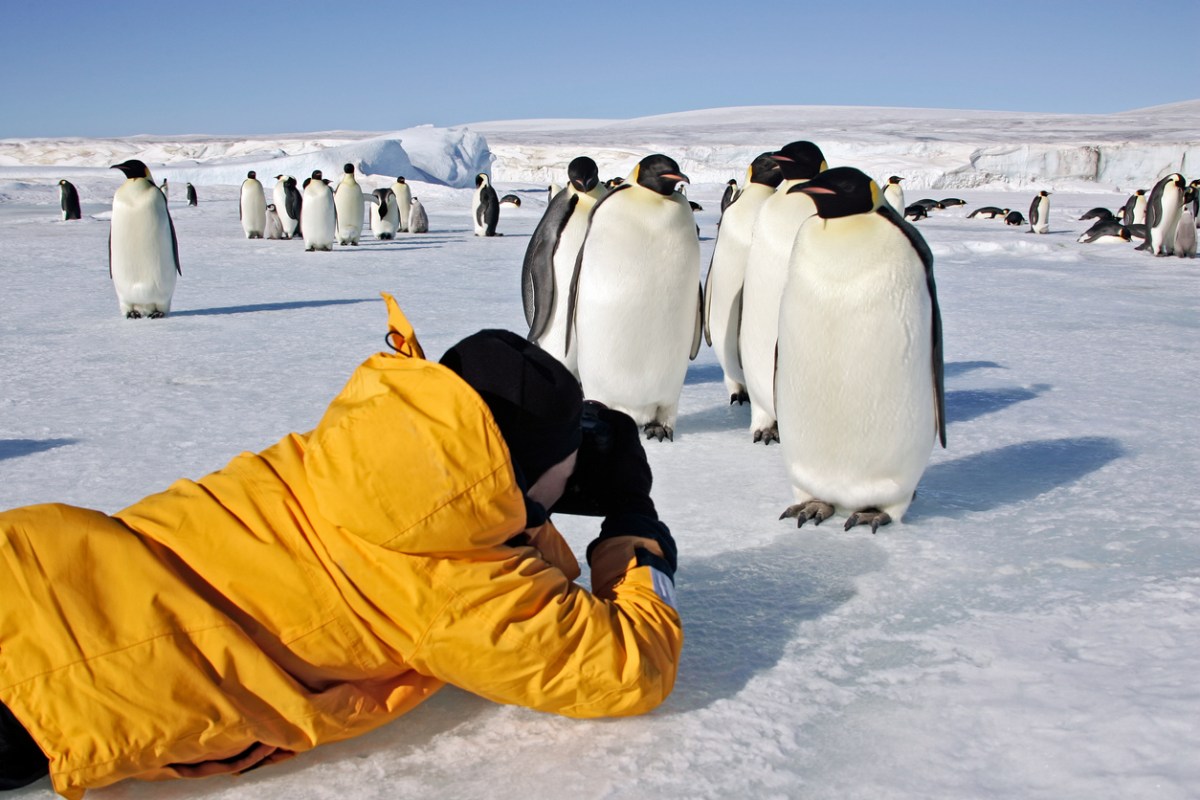In the early morning hours of April 15, 1912, a ship touted as “unsinkable” sank in the Atlantic Ocean after striking an iceberg on a journey from Southampton, England, to New York. It is believed that more than 1,500 people tragically died, including children, couples, crew members, and families who were journeying to make a new life for themselves in the United States. Only around 700 passengers survived.
We all likely know this maritime disaster is the sinking of the RMS Titanic: a ship full of stories that continue to astonish and deeply move us.
To recognize the anniversary of the historic tragedy, we’re sharing 13 facts about the luxury ocean liner, its passengers, and the cutting-edge research that brings us closer to the vessel that continues to capture worldwide fascination — even over a century later.
1. The Titanic Was Built in Ireland and Cost $7.5 Million
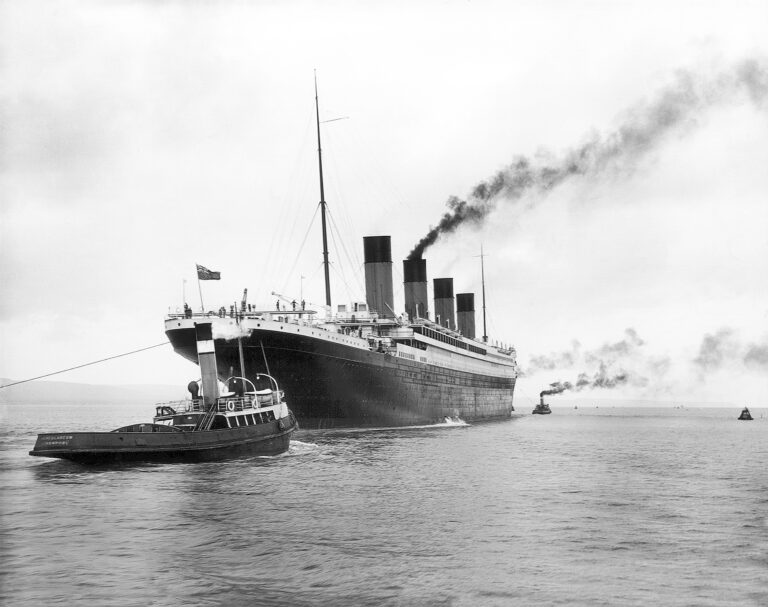
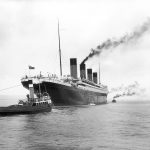
According to History.com, it took about three years, 3,000 workers, 3 million rivets, and $7.5 million (more than $200 million in present day) to build the Titanic. The ship was 882 feet long, nearly 60 feet in depth, and weighed 46,000 tons. While today the average cruise ship weighs between 100,000 and 200,000 gross tons, the Titanic was famously massive for its time.
Even before it set sail, eight workers died during the construction, which took place in Belfast, Ireland, by the ship-building company Harland & Wolff.
2. There Were About 2,200 People on Board — From All Walks of Life
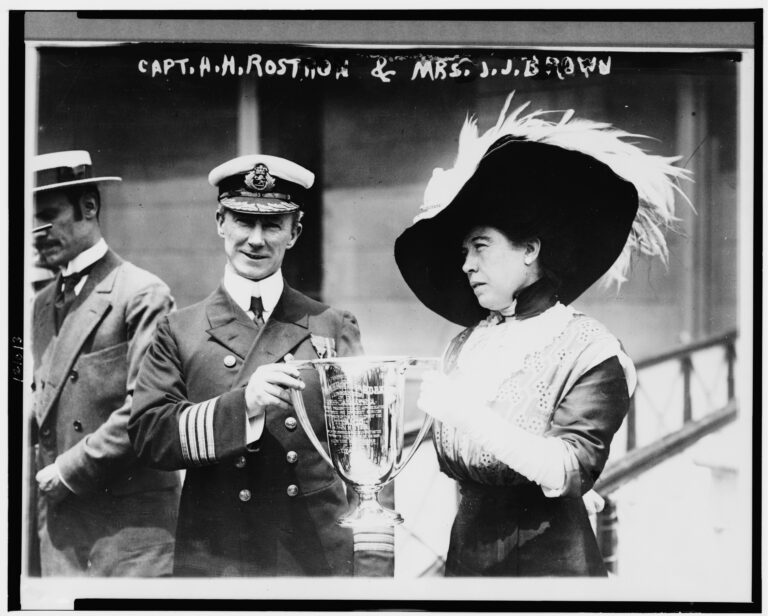

On the voyage, the Titanic had about 2,200 aboard with 900 crew members, 324 passengers in first class, 284 in second class, and 709 in third class, according to the United Kingdom’s National Archives.
The passenger list comprised families, honeymooners, and business people. Some of the most prominent passengers onboard included:
- Margaret “Molly” Brown: Brown, who came to be known as the “Unsinkable Molly Brown” after she survived the ship’s sinking, was an American socialite who helped other passengers board lifeboats and used her fame to promote women’s rights.
- Benjamin Guggenheim: An American businessman and millionaire who is known for changing into nice evening wear alongside his valet, Victor Giglio, and saying, “We’ve dressed up in our best and are prepared to go down like gentlemen.” They died after refusing a seat on a lifeboat.
- Ida and Isidor Straus: Isidor, a Macy’s co-owner, and his wife Ida chose to remain on board together. While both were offered seats on a lifeboat, Isidor refused to leave the Titanic until all the women and children were safely off the ship. So Ida also gave up her seat to her maid and is known for telling her husband, “where you go, I go.” The couple was married for 41 years and died together on the ship.
- John Jacob Astor: The wealthiest passenger aboard, Astor had a personal fortune of $150 million at the time. He is known for building the Astoria Hotel in New York, adjoining the Waldorf Hotel, which was constructed by his cousin. Although he died during the sinking, his pregnant wife safely boarded a lifeboat.
3. The Titanic Was Also a Mail Service
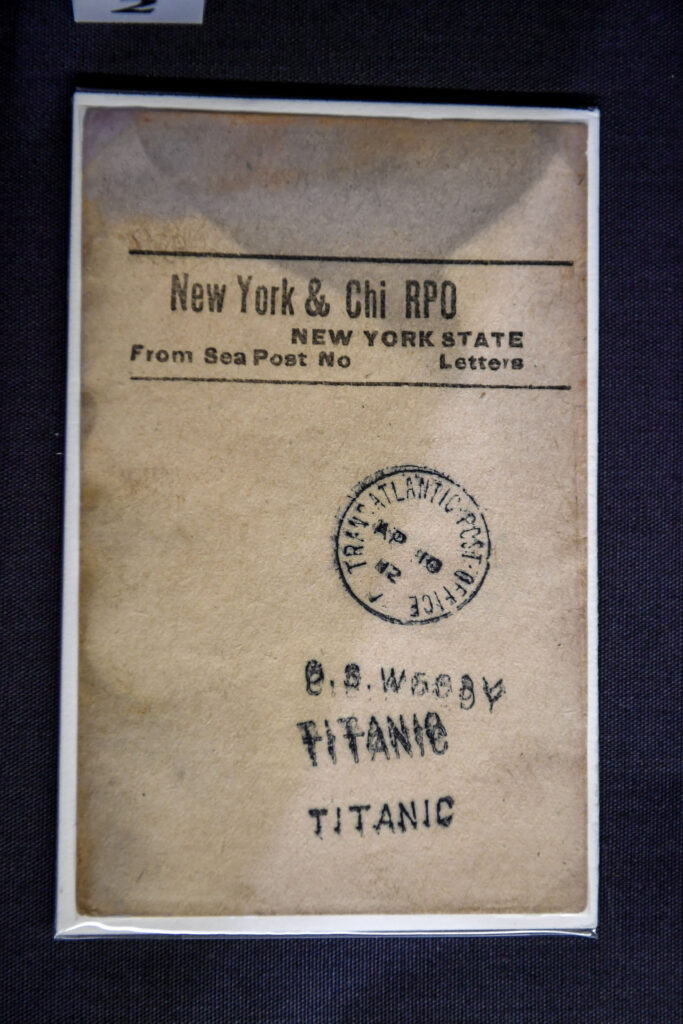
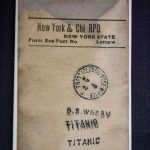
The Titanic is often referred to as RMS Titanic because in addition to carrying passengers, it also carried mail across the Atlantic Ocean, as the RMS stood for “Royal Mail Steamer.”
The Titanic had a post office and mail room, and there were five postal workers assigned to sorting mail from more than 3,000 bags and handling letters posted on the ship by passengers and crew. All five of the postal workers died, and the National Postal Museum noted that between 6 and 9 million pieces of mail were estimated to be lost.
4. The Ship Sank in 2 Hours and 40 Minutes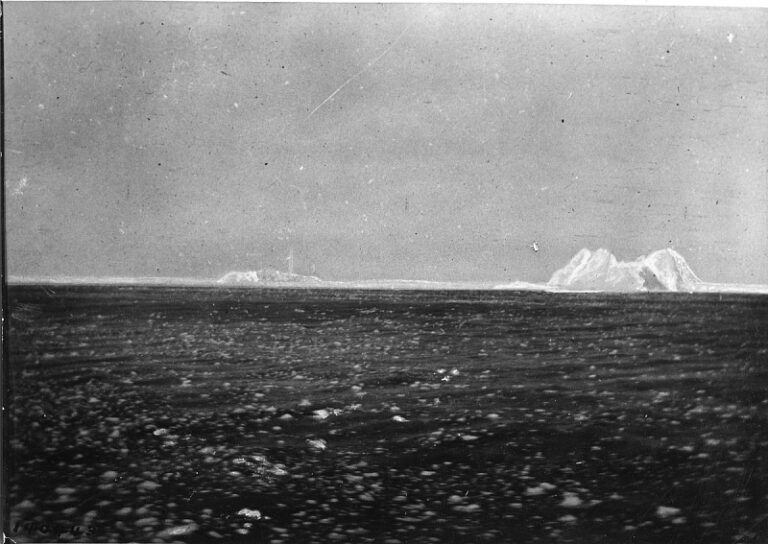
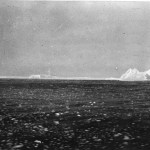
The Titanic struck an iceberg at 11:40 p.m. on April 14 at a speed of 23.6 mph, and it slipped beneath the waves at 2:20 a.m. A rescue ship arrived around 3:30 a.m., just over an hour later, to save more than 700 people aboard the lifeboats.
According to the Smithsonian, “the berg scraped along the starboard or right side of the hull below the waterline, slicing open the hull between five of the adjacent watertight compartments. If only one or two of the compartments had been opened, Titanic might have stayed afloat, but when so many were sliced open, the watertight integrity of the entire forward section of the hull was fatally breached.”
5. 12 Dogs Were on the Titanic — And Three Survived
surviving pups were all tiny and likely “so small that the people who were being left behind by the lifeboats probably didn’t notice them being carried along.” The outlet reported that two were pomeranians and the third a pekinese. One of the women aboard, who owned a Great Dane, died with her dog because she refused to leave him behind.
In fact, an informal dog show was scheduled to take place on the ship the day it sank, per American Kennel Club.
6. Musicians Really Did Keep Playing As the Ship Went Down
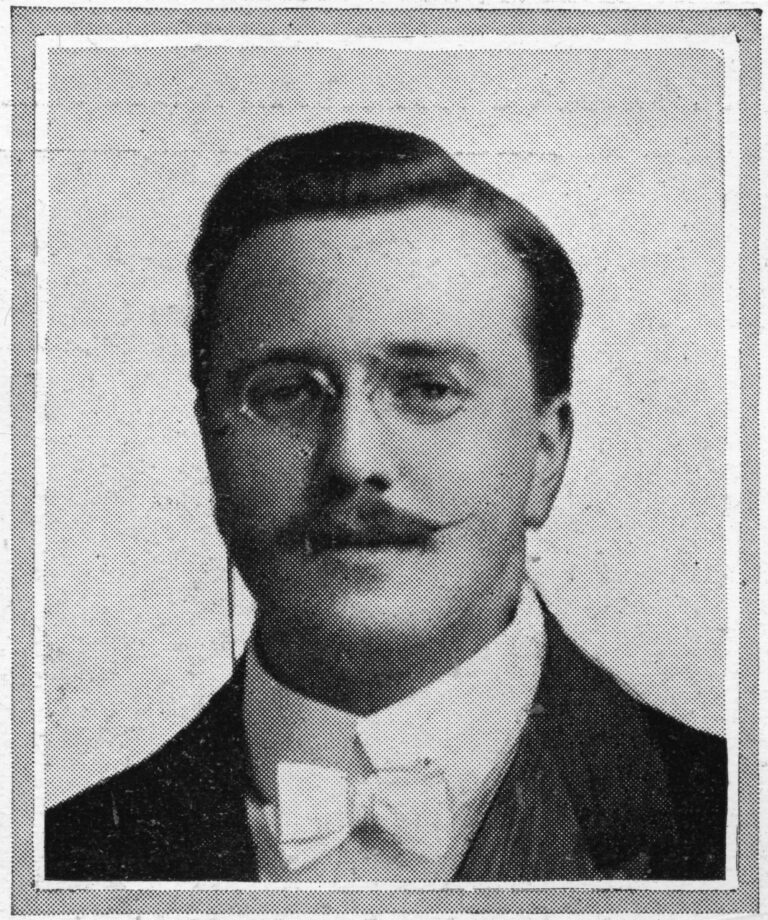

The heart-wrenching scene of musicians performing as the ocean liner went down in James Cameron’s 1997 film, Titanic, is likely ingrained in the memories of audiences. According to the BBC, the musicians really did play for about two hours while passengers attempted to get into lifeboats. Unfortunately, all eight musicians died in the sinking, including Mr. J Wesley Woodward, the cellist of the Titanic’s band (seen above).
John Graves, a curator at the National Maritime Museum in London, told the BBC there was “very strong evidence” the last song played was the hymn “Nearer My God To Thee.” However, a survivor told The New York Times the band was playing the waltz “Autumn” as the ship sank.
7. The Last Survivor Lived to Be 97
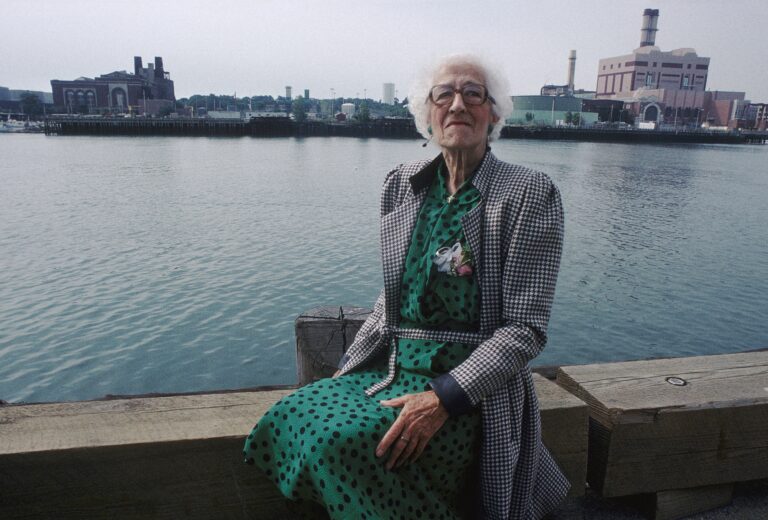

The last survivor was Millvina Dean, who was also the youngest survivor aboard at only 2 months old. She died at age 97 on May 31, 2009 at a nursing home in Southampton, England — the same city her family boarded the Titanic.
Dean credited her survival to her father, who she said felt the ship hit the iceberg and quickly got his family toward the lifeboat that would end up saving her, her mother, and her brother.
“That’s partly what saved us — because he was so quick. Some people thought the ship was unsinkable,” Dean told the British Broadcasting Corp. in 1998, the Associated Press reported.
8. All of the Titanic’s Engineers Stayed at Their Posts as the Ship Went Down

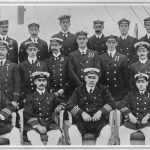
As the ship was filling with water, “the engineering crew stayed at their posts to work the pumps, controlling flooding as much as possible,” National Geographic reported. “This action ensured the power stayed on during the evacuation and allowed the wireless radio system to keep sending distress calls.” These heroic efforts ultimately helped in the rescue of the surviving passengers.
All of the engineers bravely sacrificed their lives for others, and The Titanic Engineers’ Memorial in Southampton was designed to recognize them for their heroism.
9. The Ship’s Ruins Weren’t Discovered Until 73 years After It Sunk
In 1985, the Titanic shipwreck was found more than 12,400 feet below the ocean’s surface by a team of American and French researchers. According to NPR, the team followed a trail of debris to the site using “cutting-edge sonar imaging technology.”
This year, footage of the discovery recorded in July 1986 was released by Woods Hole Oceanographic Institution. In the video, viewers can see footage of numerous areas of the ship, including a chandelier swaying (39:16) and the exterior railings (11:09).
Cameron, director of the Academy Award-winning Titanic film, said in a press statement, “By releasing this footage, WHOI is helping tell an important part of a story that spans generations and circles the globe.”
10. Bacteria Is Eating the Ship Itself
As the Titanic remains on the ocean floor, bacteria is munching away at the ship and slowly deteriorating it over time.
According to the Smithsonian, “The Titanic’s sinking around 100 years ago created a new underwater habitat for organisms: the wreck itself. One of these is a species of bacteria — named Halomonas titanicae after the great ship — that lives inside icicle-like growths of rust, called ‘rusticles.’ These bacteria eat iron in the ship’s hull and they will eventually consume the entire ship, recycling the nutrients into the ocean ecosystem.”
11. The Sinking Prompted New Safety Standards
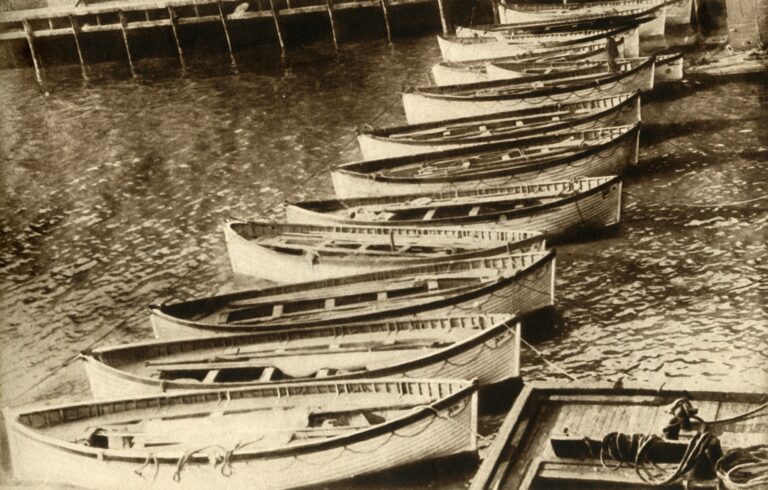
Although the Titanic surpassed safety standards when it set sail, per Vox, the ship didn’t have enough lifeboats for all passengers on board — a tragedy that went on to create lasting positive change in the maritime industry
According to the National Oceanic and Atmospheric Administration, the international community united to establish “global maritime standards and regulations to promote safety of navigation, the most important of which was the Convention for the Safety of Life at Sea (SOLAS), widely regarded as the most important of all international agreements on the safety of merchant ships.”
12. Today, You Can Explore a Historically Accurate Digital Recreation of the Titanic
In February, Vintage Digital Revival — a team of passionate Titanic enthusiasts dedicated to recreating the famous ship with “visual detail, historical accuracy, and gameplay capabilities” — shared a stunning virtual rendition of the ship.
In the 20-minute video, you can explore the facilities of first, second, and third class, along with the boiler room and the promenades.
13. A Life-Sized Replica of the Titanic Is Under Construction in China


If you’ve ever wondered what it would have been like to sail on the Titanic, you might one day be able to get a bit closer to that reality. A life-sized replica of the Titanic is currently under construction in China. The project for this theme park-meets-museum, which will remain docked, was announced in 2014.
According to Travel & Leisure, the replica is the same size as the original and features banquet halls, theaters, observation decks, and pools.
